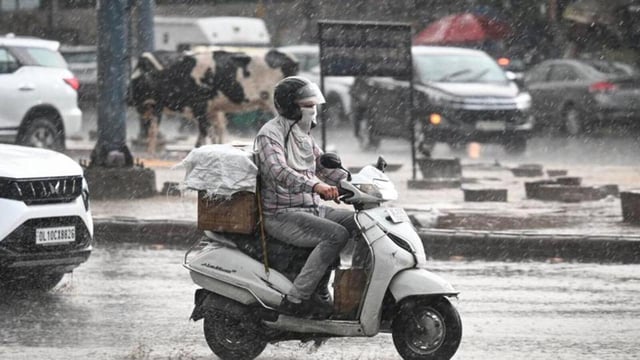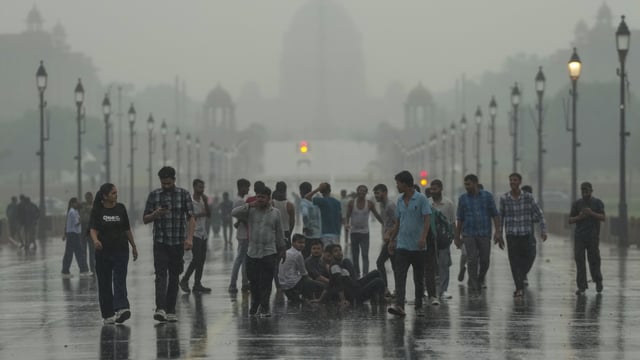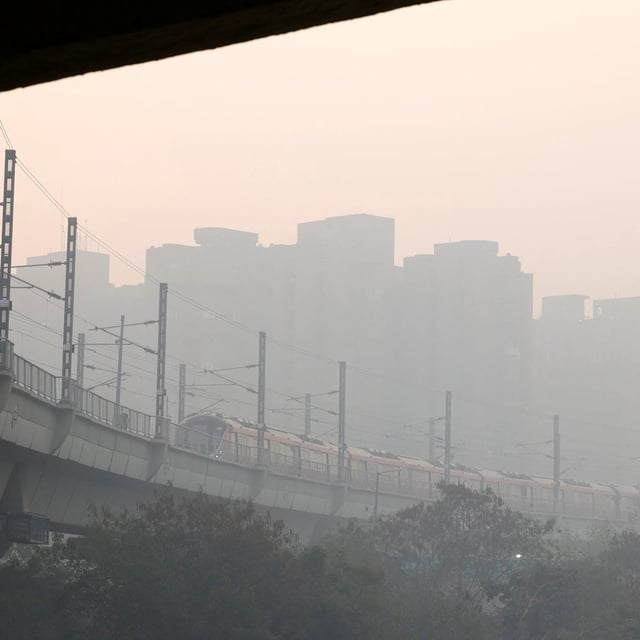Overview
- Budgeted at ₹3.21 crore, the pilot project will conduct five 90-minute sorties dispersing silver iodide and salt into clouds over roughly 100 square kilometres each.
- DGCA has granted aerial work clearance under strict safety and environmental guidelines, prohibiting any in-flight photography.
- IIT Kanpur will lead the operations in collaboration with the India Meteorological Department and IITM Pune using a DGCA-approved Cessna 206-H aircraft.
- Flight paths will target pollution hotspots in north Delhi—Rohini, Bawana, Alipur and Burari—as well as adjacent Uttar Pradesh areas including Loni and Baghpat.
- Experts caution that cloud seeding can boost rainfall by 5–15 percent under favourable conditions but provides only a short-term respite without deeper emission cuts.



